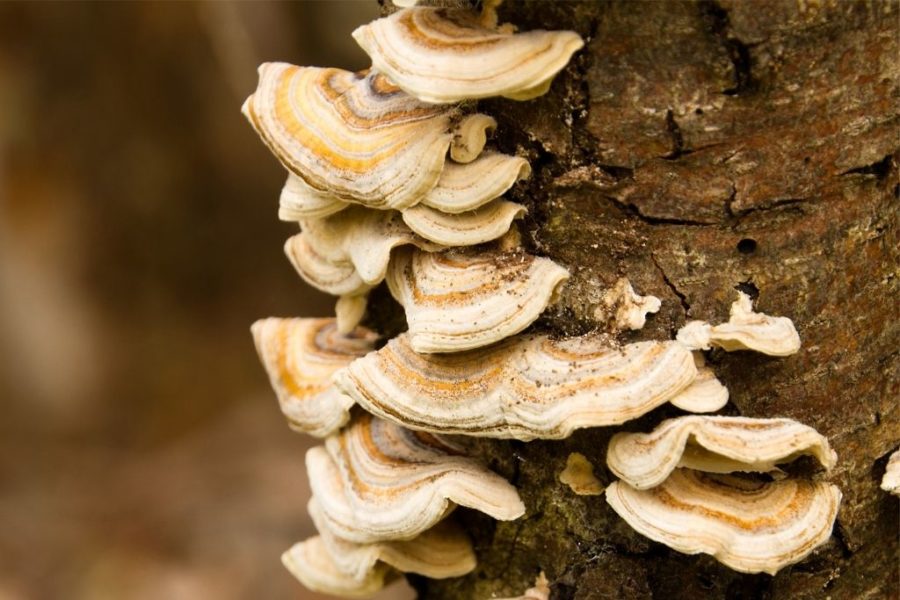
Fungi are all around us. They’re in the soil, in the air, and on our bodies! Many of them are so small that they are not visible to the naked eye. Despite their size, fungi are crucial in sustaining all life on Earth. They are the invisible heroes of the planet! Read on to learn 5 fun facts about fungi.
—
1. Fungi Are Not Plants
A long time ago, scientists believed that fungi were plants. Then, they found out that fungi cannot carry out photosynthesis and produce their own food as plants do. Instead, they absorb nutrients from their surroundings. Today, fungi are classified as a separate kingdom, which consists of several different living organisms, from mushrooms to mould and even yeast. Scientists believe that there are millions of species of fungi in the world but because they are so many, it is difficult to identify them all!
2. The Largest Living Organism In the World Is a Fungus!
Yes, you read it right! Known as the ‘Humongous Fungus’, this massive fungus lives in the Malheur National Forest in Oregon, United States. It belongs to a species called Armillaria ostoyae, or honey mushroom. This particular fungus is a single organism that covers approximately 9.6 square kilometres (2,384 acres). That’s bigger than a blue whale! Despite its size, it’s not easy to spot. For most of the year, the main body of the fungus – the mycelium – is almost completely hidden underground. Mushrooms only appear above ground once a year to release spores.
3. Fungi Are Everywhere, Even In Our Food
Third on our list of fun facts about fungi is something that many might find surprising. you probably know that people eat mushrooms everywhere in the world, and you probably do as well. However, many people don’t know that yeast – a very common ingredient used to make bread, cheese and yogurt – is also a fungus and that some types of fungi are even used to make food products like chocolate, soy sauce, and salami.
4. Fungi Have Superpowers!
Some types of fungi are used in medicine. Penicillin, for example, is an antibiotic that comes from the Penicillium fungi. In the 1920s, the scientist Alexander Fleming accidentally discovered it during an experiment, when he noticed that the Pencillium fungi had killed all the bacteria. Since then, penicillin has been used to treat different kinds of infections in our bodies, saving countless lives.
Not all fungi are good for us, though. Death Cap and Destroying Angel, for example, are two of the deadliest mushrooms in the world! They contain toxins that cause kidney failure when ingested. This is why it is not a good idea to pick and eat wild mushrooms, especially the ones you cannot recognise.
Recently, scientists have discovered new species of fungi that can eat plastic. Amazingly, they can survive by just eating this! Now, imagine if we could put them in our landfills. They could potentially break down all the plastic there and help us solve plastic pollution!
5. Fungi Help to Support All Life on Earth
Last but not least, fungi play an indispensable role in the natural world. They are the planet’s clean-up crew! They break down old matter such as dead animals and plants and release nutrients back into the earth. This keeps our forests healthy, which in turn, support our existence in many ways – from the air we breathe to the water we drink.
In a world without fungi, life as we know it would simply be impossible!